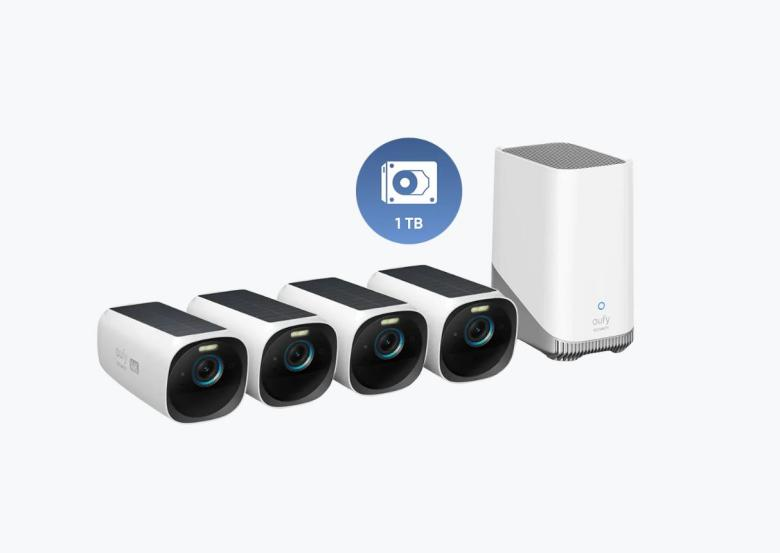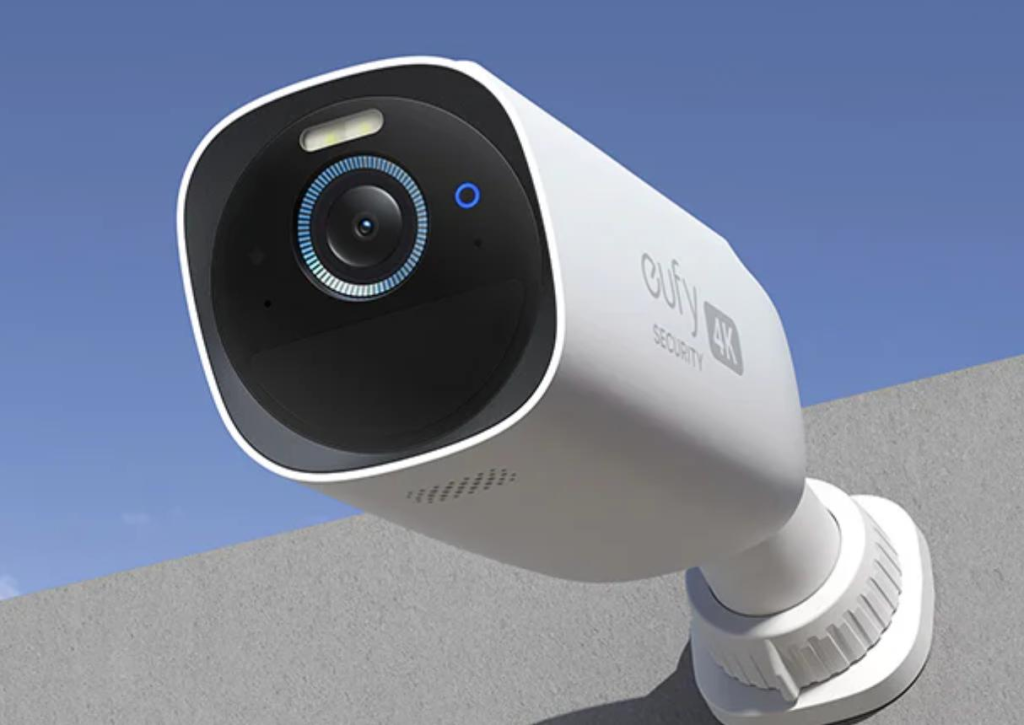In today’s fast-paced business world, ensuring the security of your premises is of utmost importance. Security camera systems play a vital role in safeguarding your business against theft, vandalism, and other security threats. With a wide range of options available in the market, selecting the best security camera system for your business needs can be a daunting task. To help you make an informed decision of the home security cameras, here are some key factors to consider:
Select the Best Security Camera System
1. Identify Your Security Needs
Before investing in a security camera system, it is essential to identify your specific security needs. Assess the size of your premises, the level of security required, and the areas that need monitoring. Understanding your requirements will help you determine the type and number of cameras needed for effective surveillance.

2. Choose the Right Camera Type
There are various types of security cameras available, including dome cameras, bullet cameras, PTZ cameras, and thermal cameras. Each type has its own set of features and capabilities. Consider factors such as camera resolution, field of view, night vision, and weather resistance when choosing the right camera type for your business.
3. Consider Camera Resolution
Camera resolution plays a crucial role in capturing clear and detailed footage. Higher resolution cameras provide sharper images, making it easier to identify faces and objects. Opt for cameras with at least 1080p resolution for optimal clarity.
4. Evaluate Camera Placement
Strategically placing cameras in key areas of your premises is essential for comprehensive surveillance. Consider high-risk areas such as entry points, parking lots, and storage rooms when determining camera placement. Ensure that the cameras have a wide field of view to cover as much area as possible.
5. Choose Between Wired and Wireless Systems
When selecting a security camera system, you can choose between wired and wireless systems. Wired systems offer a more stable connection and are not susceptible to interference, while wireless systems provide flexibility and easier installation. Consider your business’s layout and infrastructure when deciding between the two options.
6. Consider Remote Monitoring
Remote monitoring capabilities allow you to access live footage from your security cameras anytime, anywhere. Choose a system that offers remote viewing through a smartphone, tablet, or computer for added convenience and peace of mind.
7. Think About Storage Options
Consider how you plan to store and access recorded footage from your security cameras. Options include cloud storage, on-site DVR/NVR systems, or SD card storage. Choose a storage solution that meets your business’s requirements for video retention and accessibility.
8. Factor in Scalability
Your business may grow and evolve over time, requiring additional cameras or upgraded systems. Choose a security camera system that is scalable and can accommodate future expansion without significant changes or investments.

9. Evaluate System Integration
If you have existing security systems in place, such as access control or alarm systems, consider choosing a security camera system that can integrate with these systems. Seamless integration allows for centralized monitoring and enhanced security management.
10. Set a Realistic Budget
Last but not least, set a realistic budget for your security camera system. Consider not only the upfront costs of purchasing and installing the system but also ongoing maintenance and monitoring expenses. Balance your security needs with your budget constraints to find the best solution for your business.
Conclusion
By considering these key factors and conducting thorough research, you can select the best security camera system for your business needs. Investing in a reliable and effective security solution will help protect your assets, employees, and customers, providing peace of mind and ensuring a secure business environment.